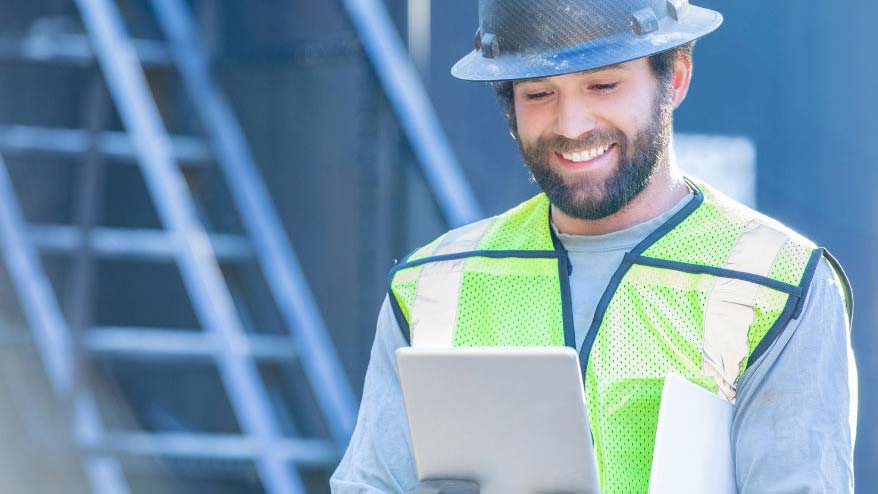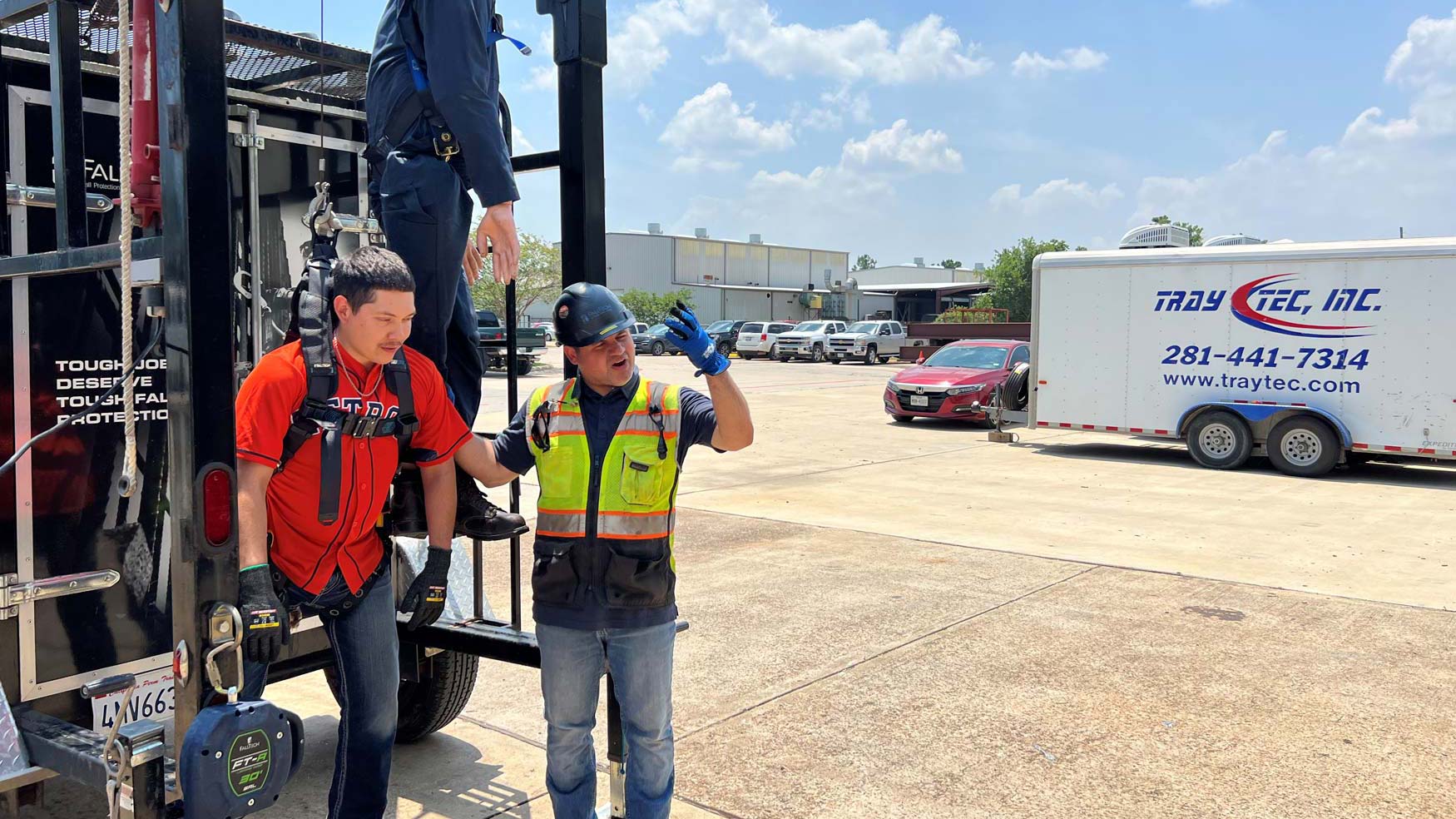How to Rescue a Worker Inside a Tower
Working in towers and confined spaces is a routine part of many jobs in the oil and gas sector and other industrial fields. While proper safety training and thorough preparation significantly help prevent accidents, emergencies can still happen. When they do, having a clear and effective rescue protocol can mean the difference between life and death. Below is a step-by-step overview of what typically happens when a worker needs to be rescued from inside a tower.
1. Activation of the Emergency Response
As soon as an emergency is identified, all work in the immediate area stops. The Emergency Response Team (ERT) immediately takes command of the situation and begins executing the rescue protocol. Communication is quickly established between the Incident Commander and the plant’s Safety personnel to ensure a coordinated response.
2. Mobilizing the Rescue Team to the Confined Space
A specialized Confined Space Rescue Team is deployed to the scene. Their top priority is to assess the area, identifying any hazards or risks that could endanger the trapped worker or the rescuers. No entry is made until the area is confirmed safe.
3. Establishing Contact and Evaluating Rescue Options
Once the area is secured, the rescuers establish contact with the worker. If the person is conscious and capable of self-rescue, the Emergency Response Team (ERT) will guide them out using verbal instructions and visual monitoring.
However, if self-rescue isn’t possible, the ERT assesses whether the worker can be safely extracted from the outside. If external rescue is not viable—due to obstructions or the worker’s medical condition—the team initiates internal rescue procedures.
4. Internal Rescue and Extraction
To perform an internal rescue, the ERT enters the confined space and quickly locates the worker. They conduct a rapid assessment, administer first aid if needed, and prepare the individual for extraction. The packaging process depends on the worker’s condition and the mechanism of injury (MOI).
Extraction is carried out using a mechanical advantage rope system, which is essential in high-angle or confined space rescues. A descent system is also on standby in case it is needed during the extraction process.
5. Post-Rescue Evaluation
Once the worker is safely brought to ground level, they are immediately transported to Emergency Medical Services (EMS) for evaluation. Depending on the severity of the situation, they may be taken directly to a local medical facility for further treatment.
Conclusion
Rescues in towers and confined spaces demand precision, preparedness, and a highly trained response team. By following a strict rescue protocol, employers can safeguard their workers and respond swiftly in emergencies. It’s a powerful reminder of the critical role played by ongoing training, the right equipment, and a clearly defined chain of command in any operation involving confined spaces.

